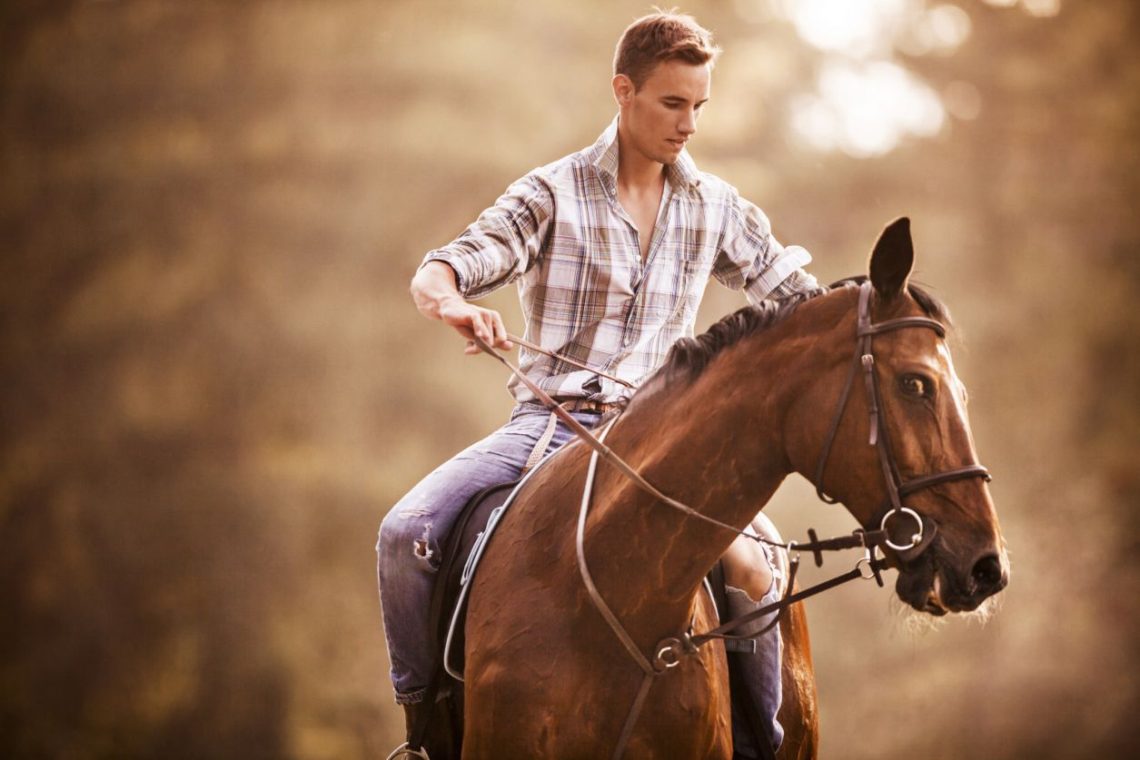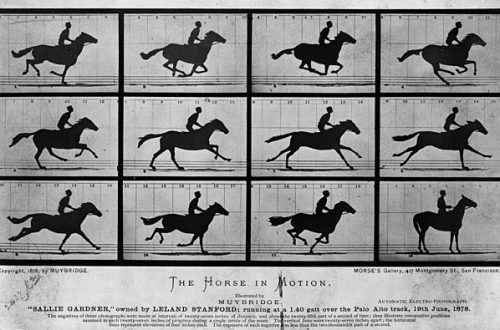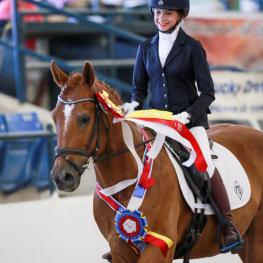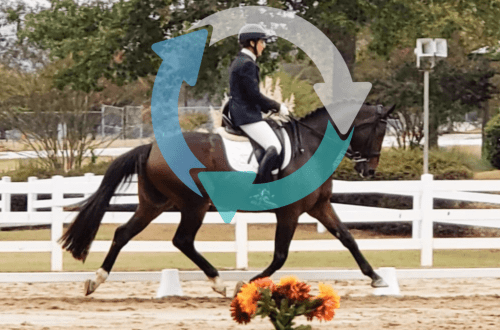
Front Horse: Rider Mistakes
Front Horse: Rider Mistakes
In this article, I would like to raise an important, but not obvious problem for beginner riders – the movement of the horse on the front, without engaging the hind limbs. You may be thinking, “I don’t ride dressage, I ride for myself, it doesn’t matter to me and the horse.” But if you think like this, you are very wrong. How your horse moves is of course important: if the horse is constantly moving on the front, this can provoke him to develop various physical problems – with the forelimbs, with the shoulders, with the back. Walking long enough on the forehand creates ideal conditions for lameness to occur, as the horse’s front legs are not designed to carry most of the horse’s and rider’s weight for extended periods of time.
A horse that is heavy on the forehand has to compensate with other parts of its body. So don’t be surprised to find a horse running around with a sagging back. By lowering the “bridge” that carries the rider, the horse balances the weight that is on the front. So she doesn’t actually fall head first. In the same way, a horse that is not connected, but is forced to work with a fixed force in a certain position with his head, he begins to push back! In its frame there is no room for the hind legs, they cannot step under the body, they cannot takeоmost of the weight. Among other things, horses that ride on the forehand very often rush or lose strength and momentum while riding.
Horses naturally carry their weight in the forehand (60/40 ratio) and this is not a problem for them. Until the weight of the rider comes into play. Yes, horses are designed by nature to move slowly with their heads down. But when we add ourselves to the equation, everything is changing. Therefore, before we get into the saddle, we must train our horse and teach him how to use his body in a more gymnastic way. This can be done by lunging or in the arms using movements such as shoulder forward, shoulder in and traverse either along the long side of the arena or in a circle.
As soon as we get on the horse, we often exacerbate her enatural tendency to move forward by one’s own position in the saddle. And there are five main reasons for this.
1. Look down. Just by looking down, we can move a few pounds of extra weight to the front of our horse. Mainly because we do not just look down, but also lower our head following our gaze. We are told to look ahead, we know we must do so, but we persist in looking down. How can we change this? One extreme but effective answer is sunglasses. Purchase inexpensive glasses and tape the bottom half of the lenses. Wear glasses when you are exercising. You won’t be able to look down!
2. Too long stirrups and a stooped back can add pounds of extra weight to the forehand, limit your ability to move with the horse, and prevent the horse from moving forward effectively. There is a general recommendation – the base of the stirrup should be at the level of the ankle bone. The hip angle is about 45° for the thigh.
3. Squeezed chest and round stooped shoulders. This error is often found in horseback office workers. The human head is heavy, and when we fall forward, we can add weight to the front of the horse! We need to lift and expand the chest. I can advise you a good chest exercise – the next time you are sitting in a car waiting for a green traffic light, stretch forward and up, “lifting” yourself by the bra straps Pull them back and release with you, repeating the exercise, until the green light turns on.
4. Thumbs. Many riders ride with their wrists turned out so that their thumbs point in rather than up. Not only are you more likely to not be able to give proper rein commands by holding your hands this way, but you are moving a couple of extra pounds to the front. This is because if your thumbs point inward, your elbows will most often point outward and your shoulders will slouch.
5. Feet or rather, heelsalso contribute to the problem. If you suffer from tight hamstrings or have short achilles tendons, then you will have a real fight to keep your heel below your toes. As the heels lift, we lean forward, adding extra weight to the front. I’m constantly pushing mine to strengthen and stretch my hamstrings. In this, riding, standing on stirrups, helps me.
Start in a safe environment. If necessary, ask someone to hold your horse. Stand in the saddle as straight as you can but keep your knees bent, lower your pelvis forward so that it is in front of the saddle and straighten your torso but do not arch your back
Do this first at the stop, then at the walk and at the trot.
The exercise seems simple, but it is deceptive. You should let gravity pull your heels down to keep your balance, but don’t force them down. If you do this with force, you will move your legs forward or straighten your knees. In both cases, you will be drawn to fall into the saddle.
The more you exercise, the better your heels get. But don’t do this exercise on an unprepared horse – your safety is paramount.
Fran Griffith (source); translation Valeria Smirnova.





